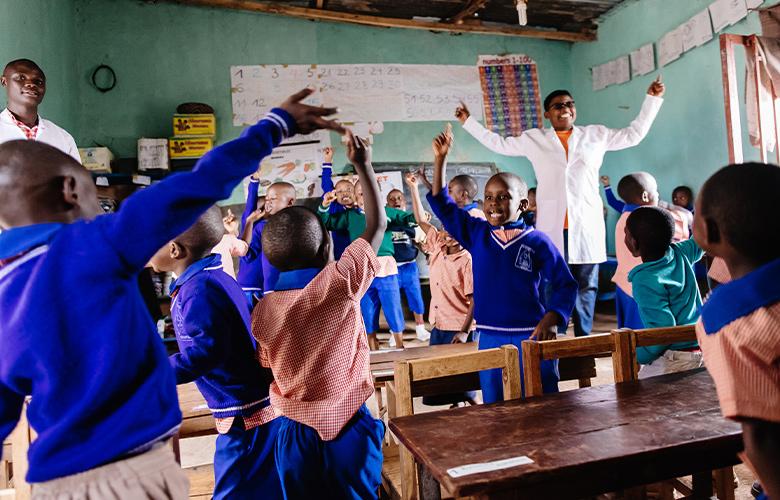
In this time of COVID 19-related social distancing, the celebration of friendship takes on new meaning as we look toward International Friendship Day on July 30.
No time in living memory has highlighted the critical, health-sustaining function of interpersonal connections as the current pandemic—and friendship in particular stands out. Unlike family or work-based relationships, friendships are intentional. We choose our friends, and they choose us. Together, friends build or reinforce social and behavioral norms. They help one another to develop a sense of identity that extends beyond birth family, cultural or ethnic identity, and socioeconomic status. Friends help define us.
While the concept of friendship exists across human society, its definition, nuances, and role in individual lives vary according to culture, religion, era, gender, and social status. Regardless of its various interpretations, however, friendship plays an important role in human development. For this reason alone, friendship warrants particular attention from educators.
Specifically, friendship should be embraced by educators as a primary engine of social emotional learning (SEL). SEL is the process through which individuals learn to understand and manage emotions, set and achieve positive goals, feel and show empathy for others, establish and maintain positive relationships, and make responsible decisions.1 While educators cannot create or require friendships for their students, they can model and help students develop the social and emotional skills and behaviors that allow healthy friendships to arise and flourish.2
Teachers can also highlight the ways in which friendship can be undermined by destructive social and emotional behaviors, including physical, sexual, and verbal bullying.3 Bullying is globally recognized to have close linkages with negative well-being outcomes among children and youth, including lower learning outcomes and mental health challenges.4 According to a 2018 UNESCO report on school violence and bullying, bullying affects approximately one in three children globally and is most prevalent in schools with poor discipline and where teachers are perceived to treat children unfairly.5
Given humans’ need for interpersonal connections and the formative role that friendship plays in defining personal identity and well-being, these bullying statistics are a reminder to all educators that the explicit and implicit teaching of social awareness skills (perspective taking, empathy, appreciating diversity, and respect for others) and relationship skills (communication, relationship-building and social engagement) are essential for promoting not only more and better friendships among students, but also greater progress toward a less violent, more peaceful world.
With COVID-related social distancing making developing friendships even harder, activities that help students practice social and emotional skills with their peers can offer a rare and critical incubator from which trust and connection can grow. Educators: Especially in this time of COVID-19, has the theme of friendship played a role in your approach to teaching social and emotional skills? Share your ideas here!
| Cornelia Janke leads EDC’s International Development Division’s work in crisis, conflict and violence. |
1Collaborative for Academic, Social, and Emotional Learning (CASEL). (2020). What is SEL? Retrieved from https://casel.org/what-is-sel/
3Gordon, S. (2019, October 20). The different types of bullies parents should watch for. Retrieved from https://www.verywellfamily.com/types-of-bullying-parents-should-know-about-4153882
4Richardson, D., & Hiu, C. F. (2018, July). Developing a global indicator on bullying of school-aged children (p. 2). Florence, IT: UNICEF Office of Research-Innocenti. Retrieved from https://www.unicef-irc.org/publications/pdf/WP%202018-11.pdf
5UNESCO. (2018). School violence and bulling: Global status and trends, drivers and consequences. Paris, FR: Author. Retrieved from http://www.infocoponline.es/pdf/BULLYING.pdf

Add new comment